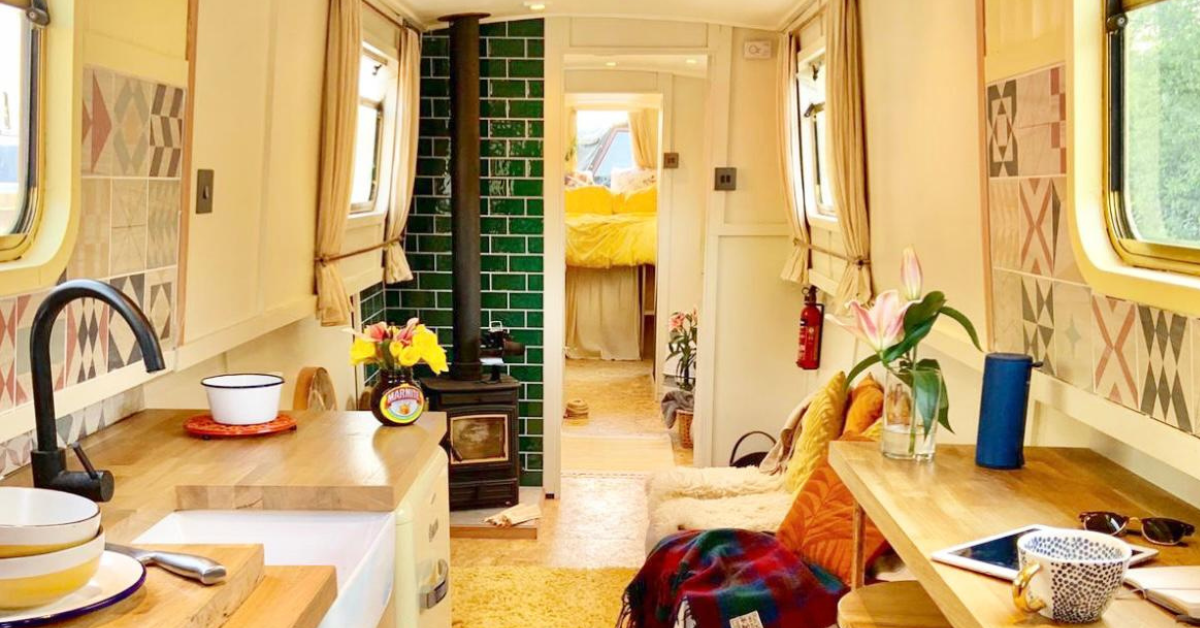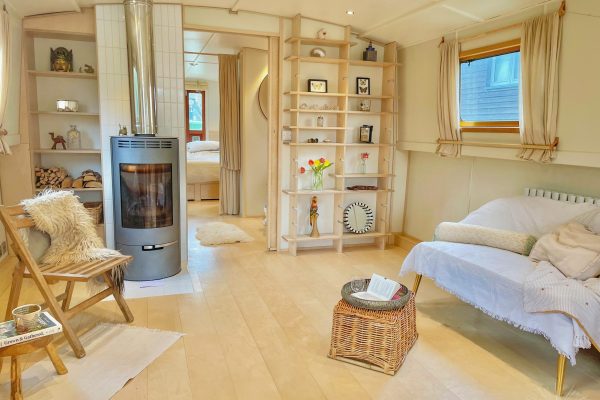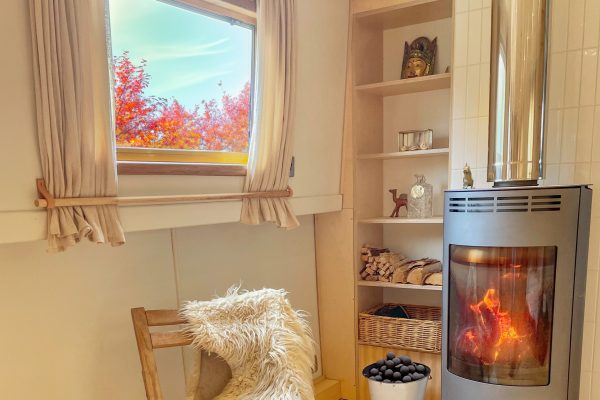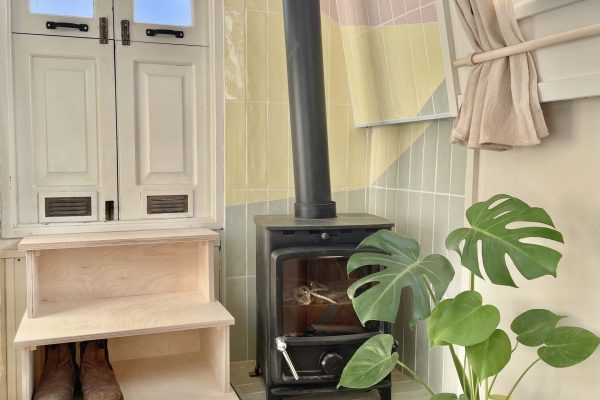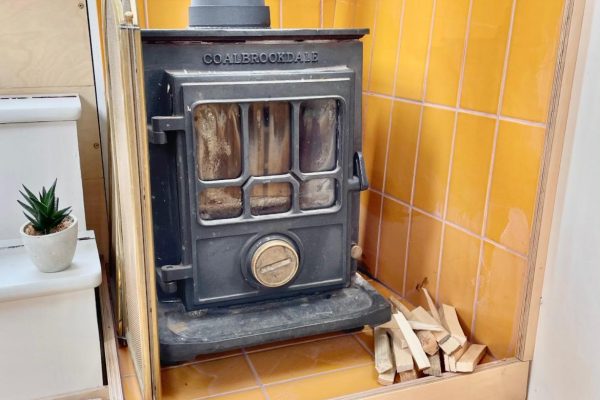A most popular FAQ
Way back when we asked you guys what sort of things you’d like to hear more about from us and actually what came out on top was how to run a boat and the general maintenance of one.
So, this week, I thought I could tell you all a little about the different heating options and how to stay warm on a boat.


Staying warm on the water
I guess the traditional and easiest way to heat a boat is by a cast iron multifuel stove. They look pretty cool and when burning wood they smell amazing, though, more often than not boaters burn coal as it’s more efficient than wood (not so eco-friendly though!).
Wood bricks are becoming an increasingly popular choice as they too burn lower for longer but are much more kind to the planet. Now, a fire fuelled by beautifully seasoned wood all winter long would be amazing but, the reality is, there’s probably nowhere to store all the wood, especially if you’re a continuous cruiser which is why coal is preferable.
Delivered to your (floating) home
Little fun fact, coal boats (traditional working boats) operate in most areas of the country delivering coal, wood, kindling, gas and diesel on a weekly (ish) basis. They just moor up alongside your boat to see what you’d like, and you can often put orders in if you’re not going to be there. Very, very handy if you’re in the middle of nowhere down a wet towpath with no road in sight for your car, don’t forget to leave them your order though because they might be gone for a week!
Which burner is best?
So, there are all sorts of different burners out there in all sorts of designs to suit every budget. We’ve had many cast iron burners but also steel burners too. There are pros and cons to both (though our preferred would be a cast iron).
Steel burners, which are more affordable, heat up super quick and can heat your boat in double time BUT they also lose heat very quickly when not being tended to and in turn, you will probably end up using more fuel.
Cast iron burners do take longer to heat your boat, especially if you’ve been off for a few days. But, we always used this opportunity to light a fire, hop off, and find a pub whilst the boat got toasty warm. J and I don’t need much convincing to go to the pub ha!
The cost of heating
On average, during the winter months, you’d expect to pay up to around £250 per month on kindling, wood, and coal, depending on usage. We probably used more than the average boat as we always wanted to keep the boat warm for the kiddos. Obviously during the summer months, this outgoing drops down to £0!
You can set up what’s called a back boiler to your burner which feeds radiators throughout the boat using a gravity-fed system. I must admit that back boilers always freaked me out a little because of the water kettling at the back of the burner. That’s probably just me though…
Central Heating Systems
It comes as a surprise to some that you can have central heating systems on boats, just like you do in a house! Not run by gas but by diesel. These systems depend on your budget, but they can be extremely fancy (although initially expensive!) being able to have different temperatures in each room, linked up to your phone, and even underfloor heating. Or you can also just have some beautiful radiators and a burner to keep things simple (less tech, less to go wrong…).
During the winter months you’d expect to pay around £60 a month on diesel for your heating and also the running of your engine for cruising or heating your hot water/topping up your batteries. When running the diesel central heating, either an Erbespacher or Webasto, your hot water will automatically be heated as well. These costs stay pretty much the same throughout the year, though with a good solar setup, you would use less fuel in the summer as you wouldn’t need to run your engine to charge the boat batteries, and also wouldn’t need to worry about the condition of your batteries through the summer months because of all the beautiful sunshine (we’re meant!) to have!
Having a combination of a diesel heater and a wood burner is great, especially if you know you are getting back late from work. You can set a timer for the heater to go off and heat the boat before you get home, this will take the edge off the cold when you get in.
Good insulation is so important
It’s a good idea to have a well-insulated boat in the beginning. It is definitely a pro to keeping all that lovely heat inside (& outside in the summer!). There are different types of insulation depending on the age of the boat; rockwool, polystyrene or spray foam. Ideally you want a spray-foamed boat! Not only is this best for insulation but also acts as thermal to the steel reducing moisture forming inside the boat. Plus, a well-insulated floor would be ideal, however, this isn’t common practice in the industry.
Contrary to belief, it’s absolutely boiling on a boat in winter! We often had to have the hatch open to let some heat out!
Do you have any specific topics you’d love us to give more information on? Let us know, drop us an email, and we’d be delighted to hear from you!
With love,
Mollie X
You could WIN a luxury campervan!
Here’s a quick reminder about Luella, our light, bright and airy campervan worth £45K that is up for grabs! She comes fully furnished, with the chance to choose her exterior colour wrap or design!
If you’re up for a new adventure, check out the competition to see the amazing prize!




